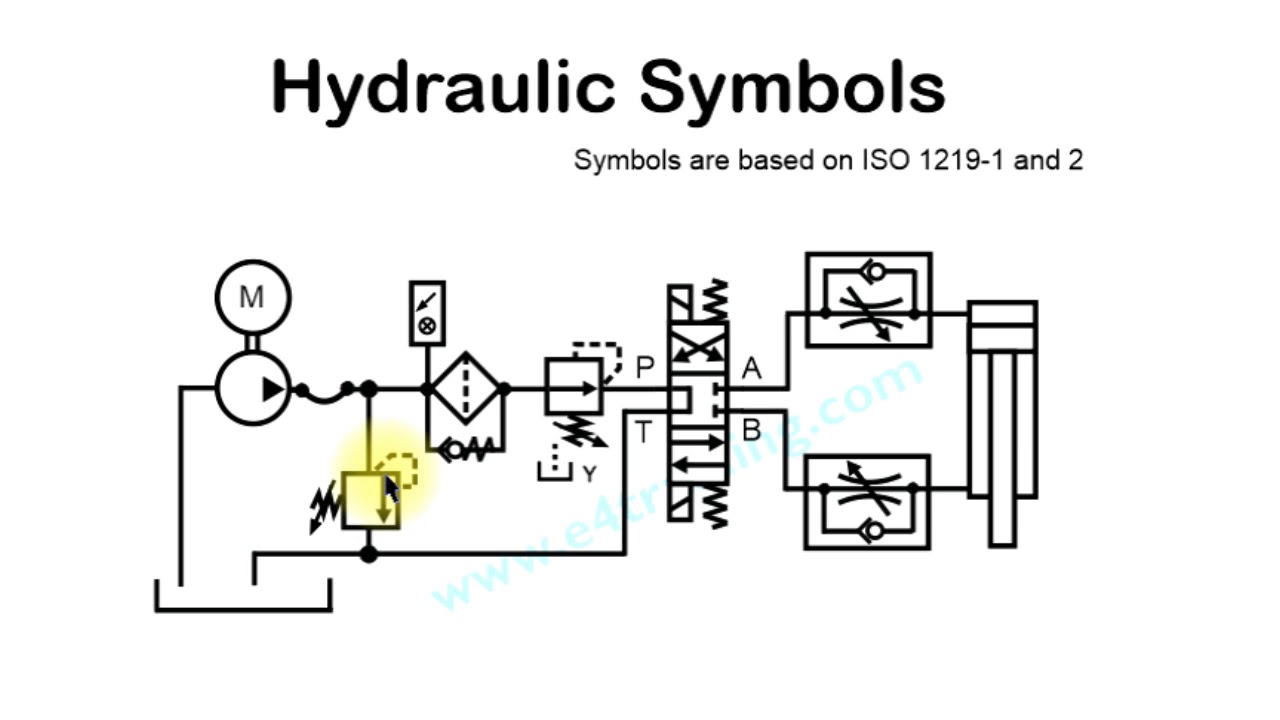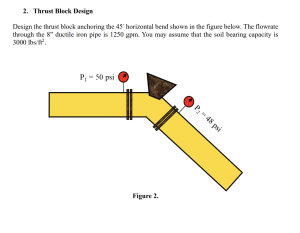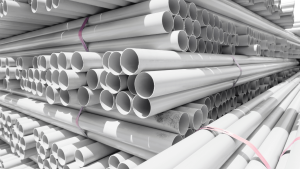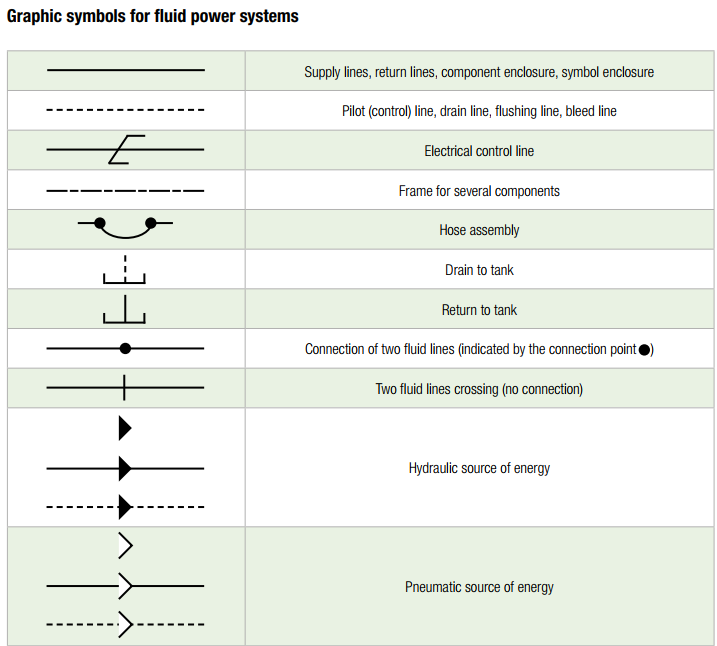What are Hydraulic Schematic Symbols ?
Hydraulic schematic symbols are standardized graphical representations used to depict the components of hydraulic systems on schematic diagrams. These symbols allow engineers, technicians, and other professionals to communicate complex hydraulic system designs clearly and efficiently. Understanding these symbols is essential for designing, building, troubleshooting, and maintaining hydraulic machinery and systems.
Hydraulic systems are pivotal in countless industries such as aerospace, automotive, construction, and manufacturing. They utilize pressurized fluid to power various types of machinery, making them a preferred choice for applications that demand significant power and precise control. One of the critical skills for engineers and technicians working with these systems is the ability to understand and interpret hydraulic schematics. These schematics, which consist of standardized symbols representing components and pathways within the hydraulic system, serve as fundamental blueprints for constructing, maintaining, and troubleshooting hydraulic machines.

Importance of Hydraulic Systems in Various Industries
Hydraulic systems offer unparalleled power density and precise control, making them ideal for applications that require heavy lifting, precise movement, or sustained force. Industries such as construction rely on hydraulics for heavy equipment like excavators and loaders. In manufacturing, hydraulic presses perform tasks that involve molding, shaping, or cutting materials. The automotive sector uses hydraulics in braking systems and shock absorbers, emphasizing the system’s importance in safety and comfort.
Overview of Hydraulic Schematic Symbols
Hydraulic schematics are diagrams that depict the arrangement and relationship of components within a hydraulic system. These diagrams are vital for the design phase of system setup as well as during maintenance and troubleshooting tasks. By providing a clear and concise map of the system’s workings, these schematics allow for quicker diagnostics and more efficient system modifications.
Basics of Hydraulic Systems
To fully grasp the significance of hydraulic schematic symbols, one must first understand the basic components and principles of hydraulic systems.
Explanation of Hydraulic Principles
At the core of hydraulic systems is the concept that fluid under pressure can be used to transmit power. This transmission occurs through a confined fluid within pipes or hoses, transferring force from one point to another. The basic principles governing hydraulic systems include Pascal’s law, which states that pressure applied to a confined fluid is transmitted undiminished throughout the fluid.
Components of Hydraulic Schematic Symbols
Hydraulic schematic symbols represent the various components within a hydraulic system. These symbols are standardized to ensure clarity and uniformity across different diagrams and systems. Here’s an overview of the key components represented by hydraulic schematic symbols:
1. Pumps and Motors
- Pumps: Symbols for hydraulic pumps often include a circle with one or more arrows showing the direction of the hydraulic fluid flow, which indicates the pump’s action (sucking and discharging fluid). Specific variations can denote different types of pumps such as gear, piston, or vane pumps.
- Motors: Similar to pumps in shape, motor symbols also include circles but are differentiated by the direction of the arrows and additional markings that denote the type of motor (e.g., hydraulic, pneumatic).
2. Cylinders
- Single-Acting Cylinders: Illustrated with a single rectangle, sometimes with a spring shown on one end to indicate that the return motion is spring-actuated.
- Double-Acting Cylinders: Shown with a rectangle that has two opposing arrows or connections, indicating that fluid can enter through either side to extend or retract the piston.
3. Valves
- Directional Control Valves: These symbols consist of squares in line, each representing a position the valve can take. Internal paths within these squares show how fluid is directed in each position.
- Pressure Control Valves: Include elements like an adjustable spring and an arrow through a line, indicating their function to regulate or limit hydraulic pressure.
- Flow Control Valves: Represented with a gate-like symbol or an arrow intersecting a line, indicating their role in controlling the flow rate.
4. Reservoirs
- Represented typically as rectangles, often simplified to indicate only the outline. A horizontal line inside the rectangle can represent the fluid level.
5. Filters and Coolers
- Filters: Depicted by a circle with an internal pattern (like a grid) that signifies its role in removing particulates from the hydraulic fluid.
- Coolers and Heaters: Illustrated with symbols that include internal squiggly lines or fan icons to represent the function of temperature regulation.
6. Accumulators
- Shown as a rectangle divided by a diagonal or curved line, representing the separation of gas and liquid within the accumulator. This component stores energy in the form of pressurized gas.
7. Pipes and Hoses
- Lines: Solid lines represent hydraulic pipes or hoses that carry pressurized fluid. Dashed or dotted lines may represent low-pressure or return lines.
- Connections: Various types of junction points are depicted to show how components like valves and pumps are interconnected.
8. Accessories
- Pressure Gauges: Usually shown as a circle with a ‘P’ or ‘Psi’ inside, indicating their role in measuring the pressure within the system.
- Heat Exchangers: Depicted with symbols indicating their role in cooling or heating the fluid.
Using Hydraulic Schematic Symbols
Understanding and using these symbols effectively allows technicians, engineers, and designers to quickly and accurately develop, analyze, and troubleshoot hydraulic systems. Each symbol conveys essential information about the function and operation of the component it represents, making it a crucial aspect of hydraulic engineering.
Understanding Hydraulic Schematic Symbols
Understanding hydraulic schematic symbols is crucial for anyone working with hydraulic systems, as these symbols provide a visual representation of the system’s components and operations. This knowledge is essential for designing, troubleshooting, and maintaining hydraulic systems efficiently and safely. Here’s a detailed guide to help you understand these symbols more comprehensively.
Importance of Hydraulic Schematic Symbols
Hydraulic schematic symbols are integral to hydraulic engineering, enabling clear and concise communication across different teams and disciplines. These symbols help in visualizing the system’s design and function, making it easier to identify components and understand how they interact.
Basic Principles of Hydraulic Symbol Interpretation
- Standardization: Hydraulic symbols are standardized according to international norms (ISO 1219) and national standards. Familiarizing yourself with these standards is the first step toward understanding hydraulic diagrams.
- Simplicity and Abstraction: Each symbol is designed to abstractly represent the physical components of a hydraulic system. While simplified, these symbols contain enough detail to identify the type of component and its function.
- Functional Identification: Symbols are generally grouped by function—such as pumps, valves, motors, and cylinders. Recognizing the group a symbol belongs to will guide you in understanding its role within the system.
Key Components and Their Symbols
- Pumps and Motors: Represented by circles with arrows indicating the flow direction. Variations in the design specify the type of pump or motor (gear, piston, vane).
- Cylinders: Illustrated by rectangles. A single line inside signifies a single-acting cylinder, while a double line denotes a double-acting cylinder.
- Valves: Shown with a combination of squares and internal lines. The complexity of the valve’s symbol corresponds to its function and control type (manual, solenoid, pilot).
- Reservoirs: Depicted as rectangles, often with a horizontal line to show the fluid level.
- Filters and Coolers: Filters are circles with internal detailing, while coolers might include elements like a fan symbol to indicate their function.
Reading Hydraulic Schematics
- Flow Paths: Follow the arrows. Arrows on lines and within symbols indicate the direction of fluid flow, which is crucial for understanding how the system operates.
- Component Interactions: Analyze how components are connected. This will tell you how fluid moves between components and how the system’s parts interact functionally.
- Operational States: Many hydraulic symbols, particularly valves, have multiple operational states. These are often depicted by several parallel symbols showing different flow paths.
Practical Tips for Mastery
- Study Real Systems: Compare actual hydraulic systems with their schematic diagrams. This hands-on approach helps solidify your understanding of how symbols translate into physical components.
- Use Simulation Software: Many modern engineering software tools allow you to simulate hydraulic systems. These simulations can help visualize how systems operate and how changes in the diagram affect functionality.
- Continuous Learning: Hydraulic technology evolves, so staying updated with the latest advancements and changes in standard symbols is crucial.









 Automation System
Automation System  Energy Engineeing
Energy Engineeing  Instrumentation System
Instrumentation System  Mechanical Engineeing
Mechanical Engineeing  Piping Technologies
Piping Technologies  Transportations
Transportations  Manufacturing
Manufacturing  Training Material
Training Material 






